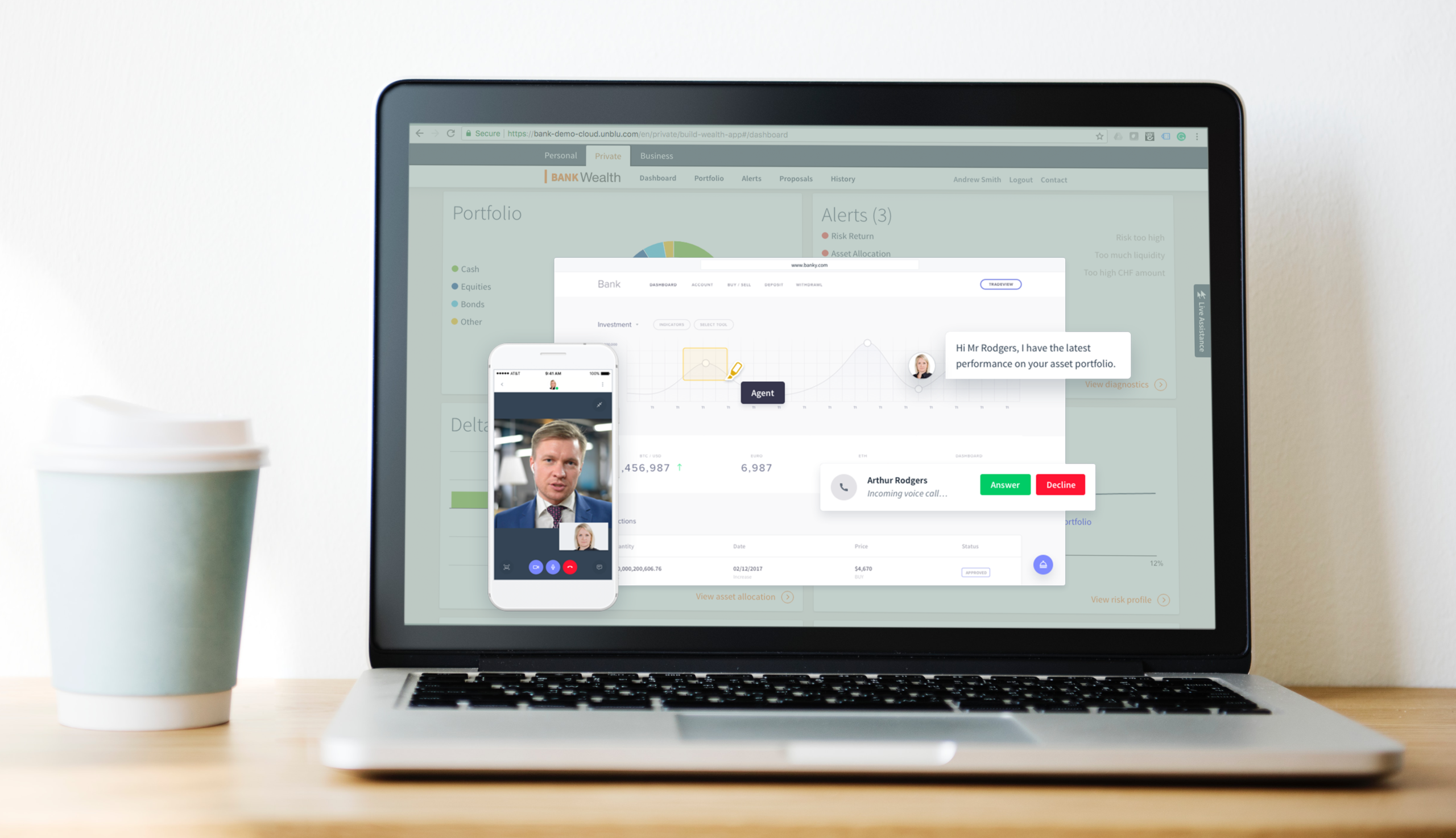In the rush to digitize their customer service—with added pressure from COVID-19—many financial organizations have prioritized tech investments over sales and marketing initiatives. This has led to digital initiatives being undertaken without considering that company-wide change might be necessary first. The result is inefficiency and process breakdowns.
To achieve digital mastery and maximize the benefits of their digital investment, banks need to consider the entire customer journey. They need to invest in digital capabilities that adapt according to the customer lifecycle, supporting clients across diverse touchpoints and channels.
Each stage of the lifecycle comes with specific customer needs. For example, a first-time home buyer researching mortgages might appreciate clear and insightful information to help them understand the product before making a decision. Personalization and attention to detail plays a big role in this situation. On the other hand, an existing customer looking to update their personal information might appreciate a quick and convenient response through AI or live chat.
Delivering customer education
The first step in elevating your digital service is helping customers to discover your brand. Customers need assistance acknowledging their specific banking needs with educational content that highlights the particular challenges they might be facing. Next, they can explore different providers and banking products, learning about your brand and your unique offerings.
Engaging prospects with educational content should start early so you can capture customer interest from the outset, beginning to build a relationship. Offer personalized guidance tailored to the prospects’ particular life events, whether that’s heading off to university, buying their first house, or preparing for retirement.
Once you have your customers’ attention, you can use lead management to help them progress, tracking engagement through different touchpoints and qualifying leads accordingly.
Exploring options and showing empathy
The next stage is helping the customer as they explore options. They’ll want to compare different financial products, getting a range of loan quotes, for example, or comparing interest rates. Support customers as they do this research, using digital capabilities to make the process easier. Tools like secure messenger or live chat ensure you’re always on hand to answer any questions.
At this stage, your digital capabilities should also include tools like natural language search, financial calculators, clearly laid-out and easy-to-understand product comparisons, recommendation tools, ratings, reviews, and personalized quotes and recommendations based on the information you have about the customer.
The aim here is to assist the customer as they explore different options, with the emphasis being on support rather than sales.
A low-effort conversion experience
At this point, the customer will be ready to either make an application or buy a financial product. The role of the financial organization is to make that process as quick, easy, and efficient as possible, whatever channel the customer decides to use.
Those banks that achieve digital mastery are the ones that make the process of applying for financial products as simple as possible, guiding prospects through the entire journey.
They use digital tools such as digital ID verification, automated credit decisioning, and e-signature software to simplify and accelerate the process.
Whatever digital tools you use, the emphasis should always be on meeting the customer on their terms, providing the support and reassurance they need at that particular moment, continuing to build a trusting relationship.
Asking for help, managing finances, and customer convenience
Customers want financial products to be simple and intuitive to use, whether that’s logging on easily and securing, transferring money quickly, or setting up alerts to keep track of their finances.
Finance firms need to make it easy for customers to manage their finances across various touchpoints and make account management simple and straightforward. Digital tools should include self-service capabilities that allow customers to complete requests independently without having to resort to help from a bank employee.
When customers request human assistance, like when they want to discuss investment opportunities, tools such as live chat or video call can create a smooth transition from digital channels to conversations with an advisor.
Engaging customers and boosting satisfaction
Continuing to boost customer satisfaction requires ongoing efforts to engage clients and make them feel like you care about and value them. Personalized financial insights as well as different money management tools create the sense that you are looking out for their financial well-being.
Sharing financial tips, guidance, and advice builds an enduring relationship with customers, who know that they have your support, even after a deal has been closed.
Banks that succeed in digital transformation are those that continuously work to remove any friction in the money management process, making it easy for customers to handle their finances by automating various aspects of financial planning while taking into account the need for a human touch too.
Assess your Digital Banking Capabilities whitepaper
Learn to align touchpoints with the customer lifecycle, discover best practices and use cases, and find out which digital capabilities to focus on based on your digital maturity assessment. Download the whitepaper today.




 Interaction Management Hub
Interaction Management Hub Secure Messenger
Secure Messenger Video & Voice
Video & Voice



